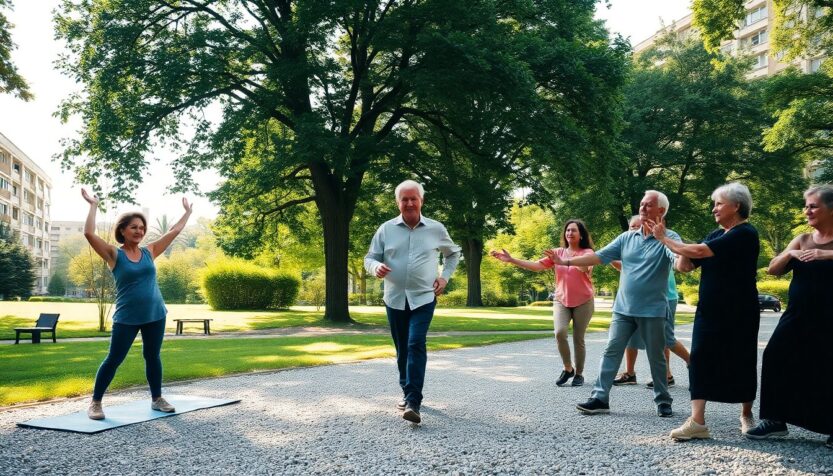How often do you reflect on your daily movements? If you find that your health isn’t improving as expected, the way you move could be a significant factor. In today’s world, we often seek convenience, opting for gadgets and appliances that minimize our physical efforts. However, this reliance on technology can lead to a decline in our natural movement patterns, impacting our physical and mental well-being.
The convenience dilemma: movement vs. ease
Modern conveniences have made our lives simpler, but they also encourage a sedentary lifestyle. Devices meant to ease our daily tasks, from robotic vacuums to automatic kitchen appliances, may seem advantageous, yet they inadvertently encourage us to use our muscles less. This leads to a paradox: as we upgrade our conveniences, we inadvertently decrease our physical activity.
The impact on health
Movement is not just a physical necessity; it is vital for our overall health. As a physical therapist, I have observed a troubling trend where movement is often viewed as a burden rather than an essential component of a fulfilling life. To reclaim our health, we must shift our perspective and recognize the importance of incorporating more movement into our daily routines.
Reframing movement as a daily practice
To achieve optimal health, consider simplifying your approach to physical activity. Rather than viewing movement as a chore, embrace it as a daily habit. This could mean opting to walk instead of drive for short errands or choosing stairs over elevators. By favoring these seemingly inconvenient choices, you can gradually eliminate the need for dedicated exercise sessions aimed at counteracting a sedentary lifestyle.
Understanding movement needs
Just like our bodies require a balanced diet rich in nutrients, they also need a variety of movement types. Engaging in the same repetitive motions can lead to muscle imbalances and immobility. Instead, aim for diverse movements that challenge different muscle groups and promote flexibility. Think of your daily activities as opportunities for movement, integrating them seamlessly into your life.
Distinguishing between movement and exercise
It is crucial to differentiate movement from exercise. While exercise is often a structured activity designed to enhance physical fitness, movement encompasses all physical actions we take throughout the day. Unfortunately, as our lives become increasingly convenient, our bodies suffer from a lack of natural movement, contributing to rising rates of chronic conditions such as diabetes and obesity.
While the recommendation of 30 minutes of moderate physical activity daily is well-known, it does not compensate for the hours spent in inactivity. Therefore, the focus should be on integrating more movement into your life rather than solely relying on exercise.
Finding what works for you
Your unique lifestyle will dictate how you incorporate movement into your day. Whether you’re an athlete or simply aiming to improve your mobility, every bit of movement counts. For some, this might mean engaging in high-intensity workouts, while for others, it may involve simple tasks like gardening or walking around the house. Recognizing that every form of movement is valuable is essential.
Additionally, while activities like cycling or using a treadmill are beneficial, they do not replace the intrinsic benefits of walking. Walking is nature’s way of encouraging circulation, strengthening bones, and maintaining overall health. Aim to walk several miles each day, as it is fundamental to your physical well-being.
Building a sustainable movement practice
Understanding that your body will adapt to your movement habits is key to fostering a sustainable routine. Start by observing your current movement patterns and identifying where adjustments can be made. Consider tracking your steps and reflecting on how your body feels with varying levels of activity.
So, how can you begin incorporating more movement into your daily life? Start by making conscious choices that promote activity, such as taking the long route during errands or engaging in light household chores. Each small step contributes to a healthier, more active lifestyle.
In conclusion, it is vital to shift our mindset towards viewing movement as an integral part of our lives, especially as we age. By prioritizing movement over the notion of structured exercise, we can enhance our overall health and well-being, leading to a more vibrant life.

